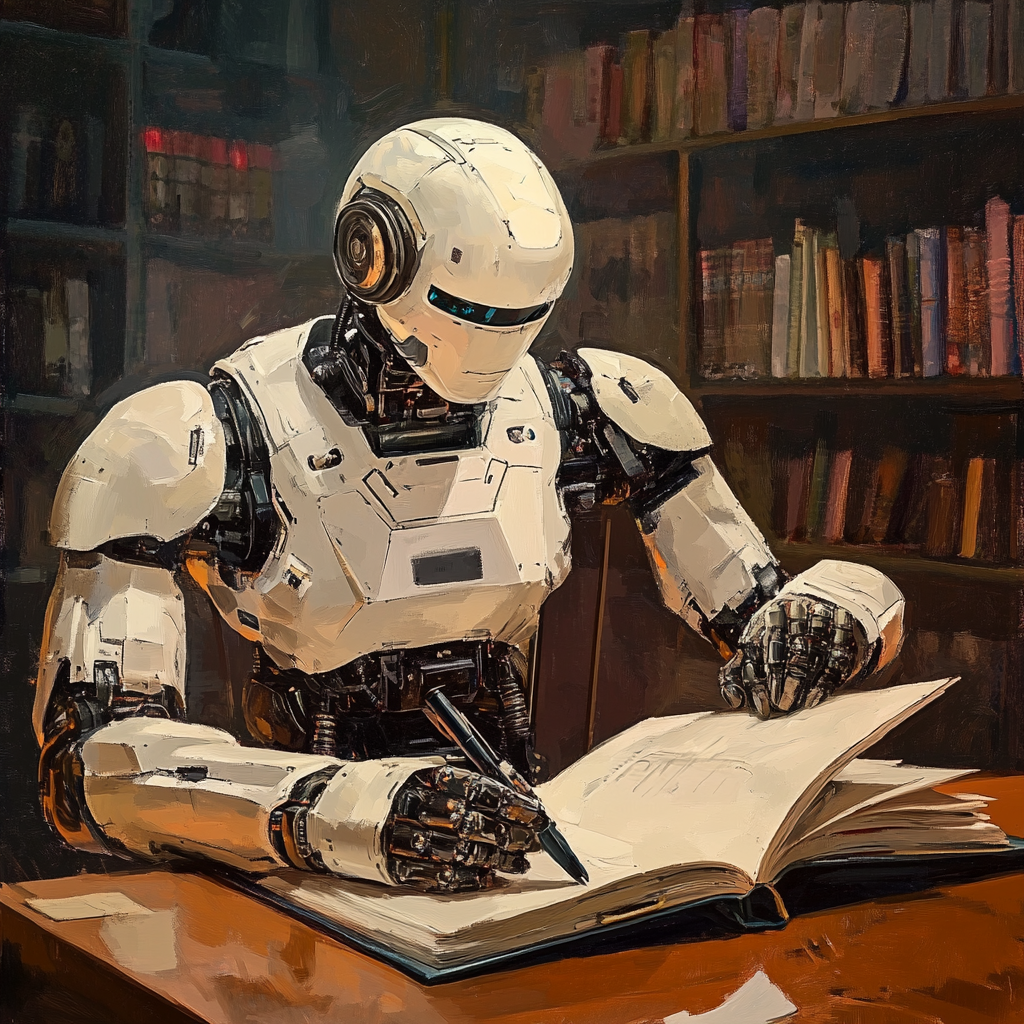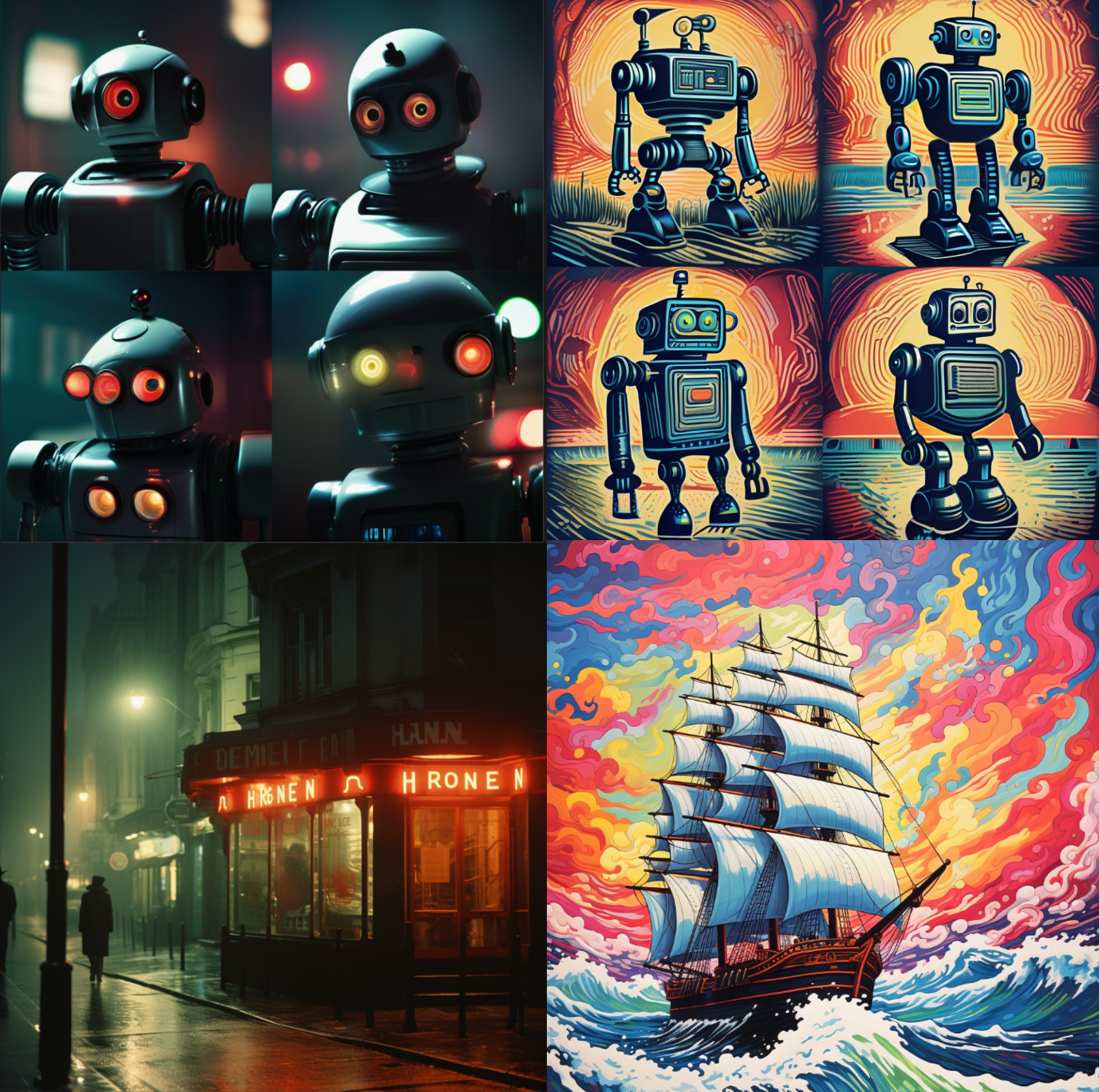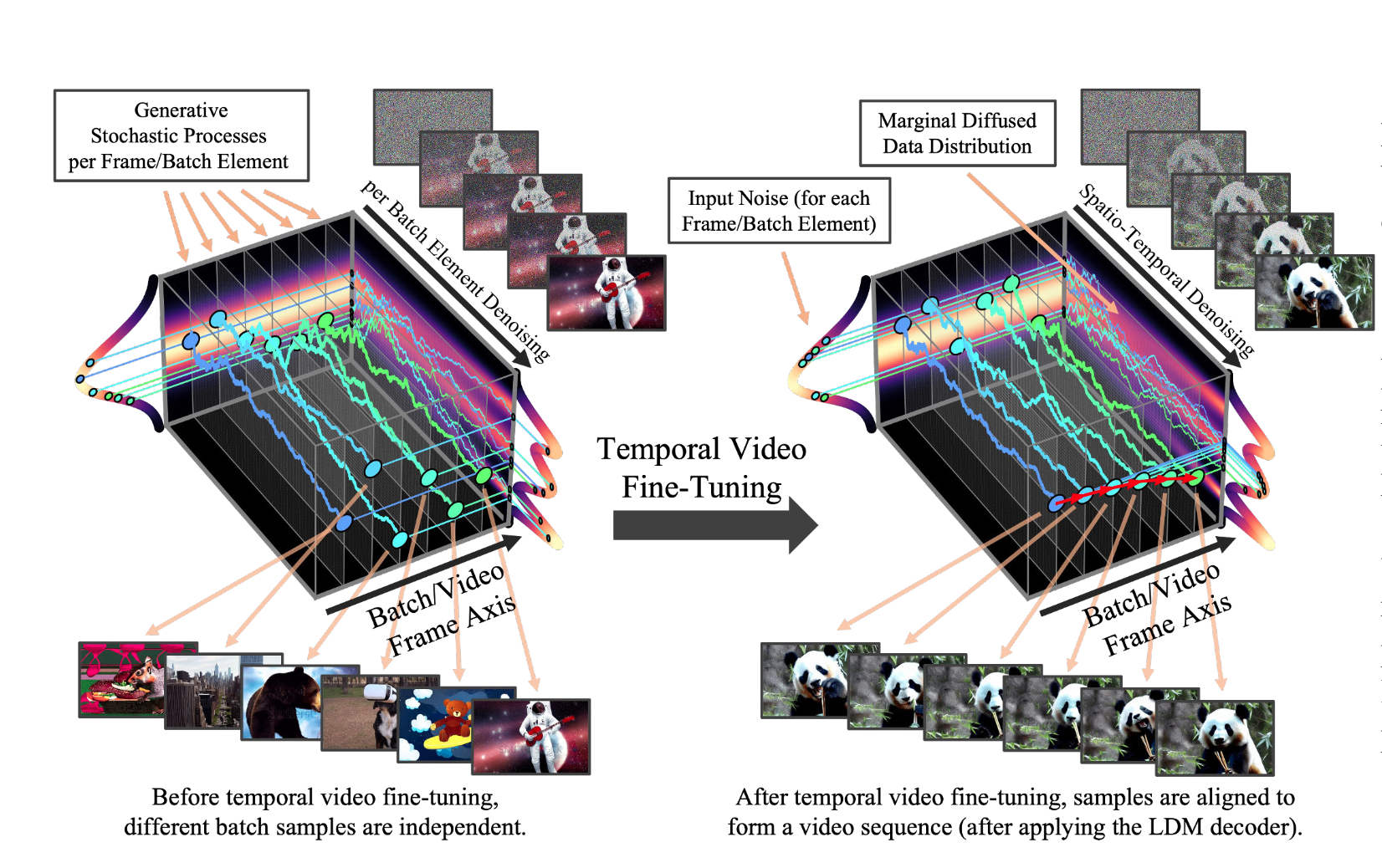Training a Reasoning Model for Very Cheap with DPO

Reasoning is the talk of the town - if the 'town' in question is AI Twitter - and has been since OpenAI's announcement of O1 in late 2024. A number of similar 'reasoning' models have followed, some open, like Qwen's QWQ, and some propietary, like DeepSeek's R1 and Google's Gemini Flash Thinking; however, as is often the case with LLM releases these days, little research has been published from each of these groups on how exactly these reasoning models are trained. What we do know is that these models are expensive and difficult to train, requiring the kinds of resources that are rare outside of large labs; distributed PPO-based RLHF is already prohibitively expensive and complex, owing to requiring a large number of distinct operations and model sync points during training, so you can imagine the difficulty in scaling that to the amount of data and compute required to train a reasoning model.






